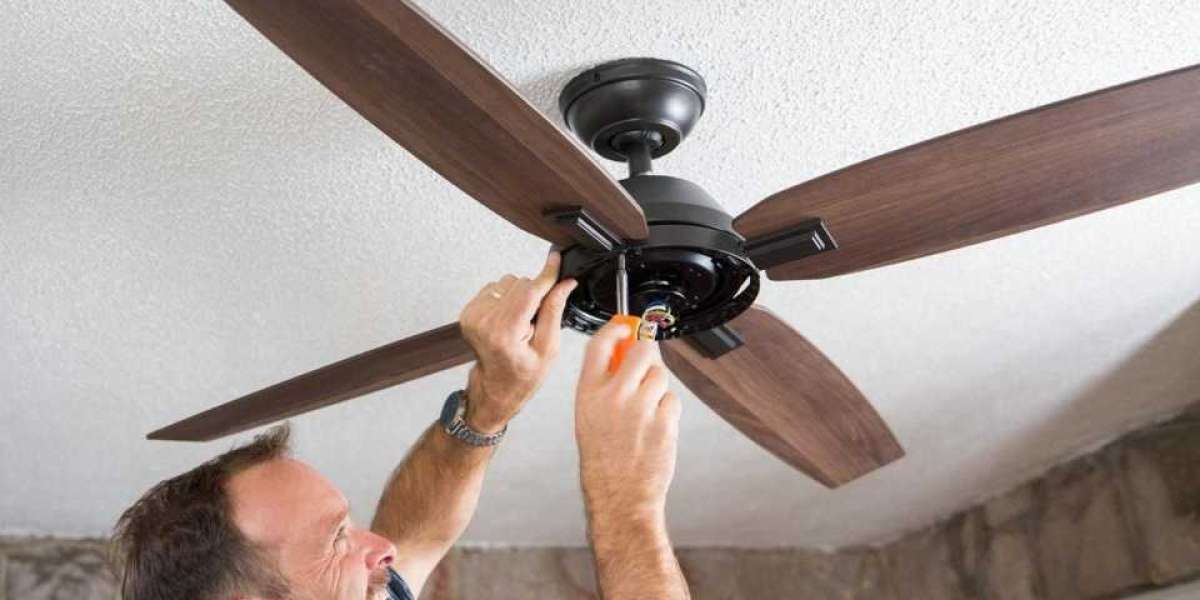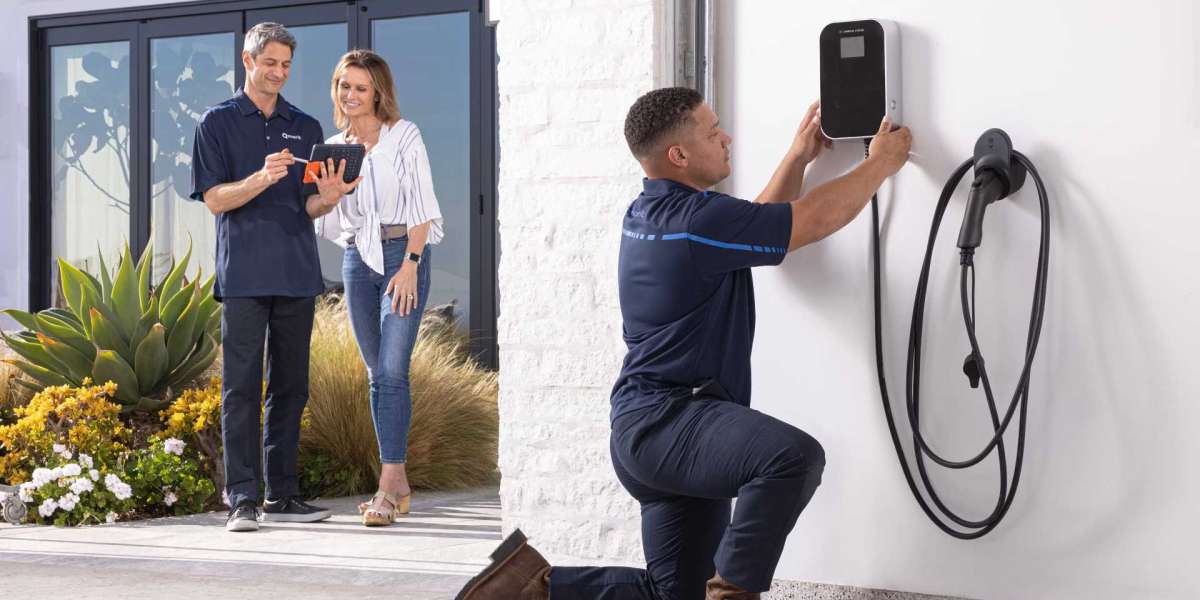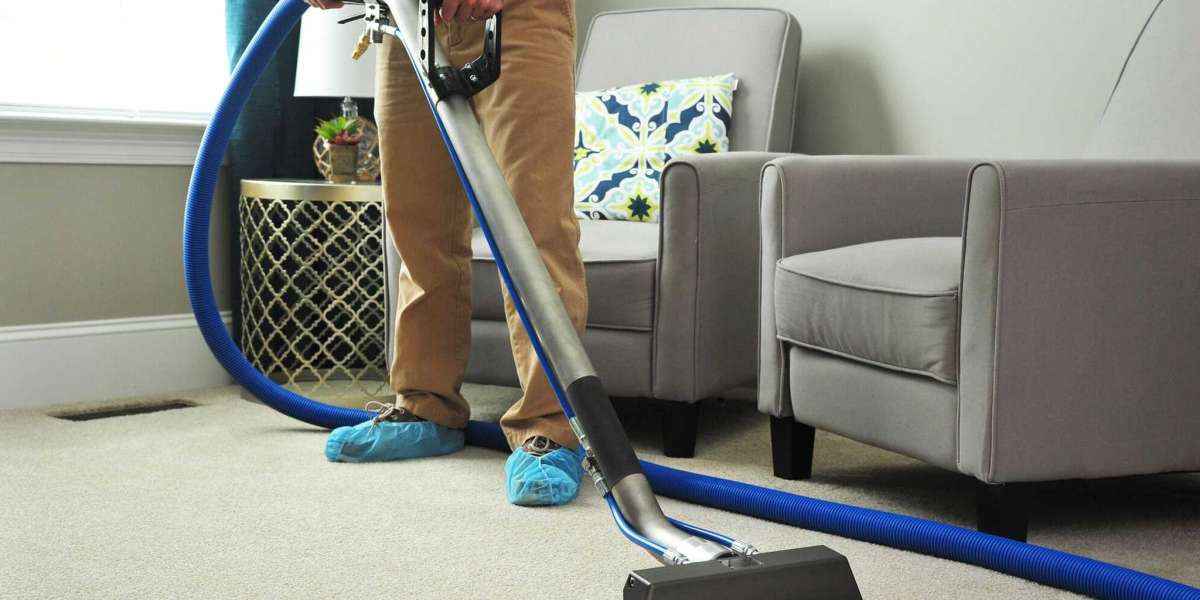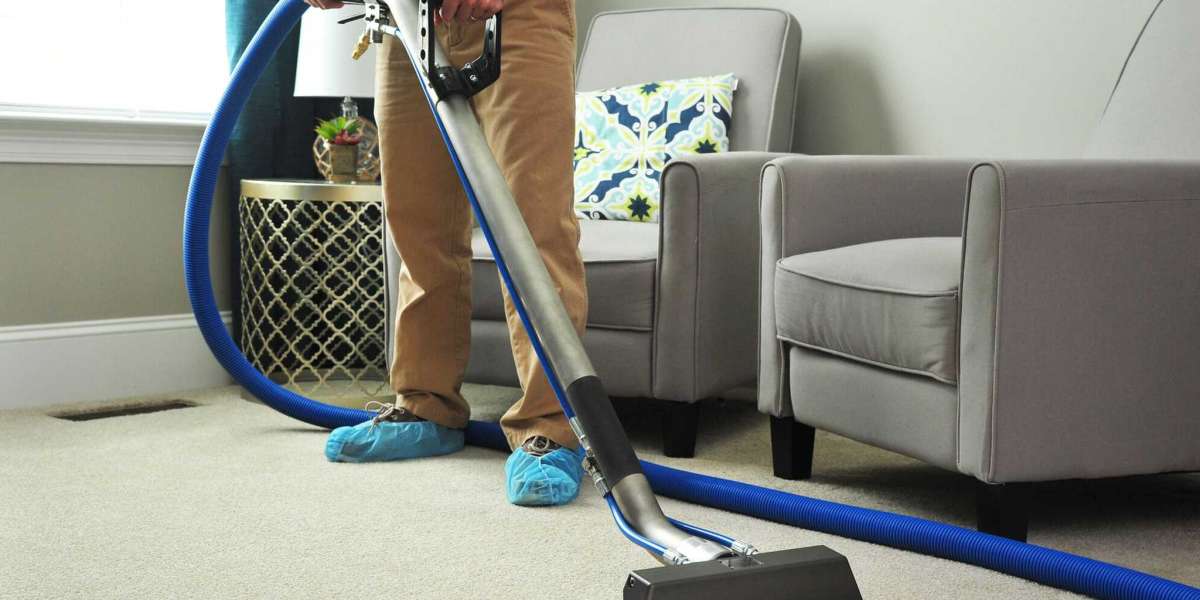Ceiling fans are a simple yet powerful way to increase airflow, improve energy efficiency, and add aesthetic appeal to your home. Whether you're replacing an old light fixture or installing a fan in a new location, the success of your ceiling fan installation depends heavily on how well you prepare. In Naples, FL, where warm weather dominates most of the year, a well-installed ceiling fan can bring comfort and value to your space. That’s why many homeowners trust Solid Power Inc for reliable, professional installation services that ensure safety, performance, and peace of mind.
If you’re planning a new ceiling fan installation, here’s everything you need to know to get your home ready—from electrical prep to ceiling support.
Why Ceiling Fan Installation Matters?
In hot and humid climates like Naples, ceiling fans can drastically reduce your dependence on air conditioning by circulating cool air throughout your home. They help lower energy bills, increase comfort, and even add resale value. But to enjoy all the benefits, it’s important to approach the ceilling fan installation with proper planning and preparation.
That’s why many homeowners in Naples choose to work with professionals for seamless and safe ceiling fan installations.
Step-By-Step Guide: Prepping Your Home for Ceiling Fan Installation
1. Choose the Right Location
Before anything else, decide where you want the fan. Ideally, ceiling fans should be centered in the room and at least 7 feet above the floor and 18 inches from walls. If your ceiling is sloped or unusually high, you may need special downrods or mounting equipment.
Rooms like living areas, bedrooms, and patios are popular choices in Naples homes for both functional and decorative reasons.
2. Check Ceiling Support
Not every ceiling is built to support the weight and motion of a fan. Unlike light fixtures, fans require a sturdy fan-rated electrical box and mounting bracket. If you’re replacing a light fixture, you’ll likely need to upgrade to a fan-rated box that can support at least 35 pounds.
An inspection by a licensed electrician in Naples can confirm if your ceiling structure is strong enough for a new fan.
3. Turn Off Power and Plan Wiring
Safety first! Before doing any prep work, make sure to shut off power to the room at your main breaker panel. If there’s existing wiring, inspect it for signs of wear, proper grounding, and compatibility with the fan you plan to install.
For new installations, you may need to run new wiring and install wall switches. A licensed electrician in Naples, FL can ensure the wiring meets code and functions properly.
4. Measure and Select Your Fan
Size matters. Measure the room to select a fan with the appropriate blade span. For example:
Rooms up to 75 sq. ft. = 29–36 inch fans
Rooms 76–144 sq. ft. = 36–42 inch fans
Rooms 145–225 sq. ft. = 44-inch fans
Larger rooms may need 52-inch or bigger fans
Consider whether you want a fan with light fixtures, remote controls, or smart home integration—all common in modern residential fan installation projects.
5. Gather Tools and Materials
If you're handling the install yourself, make sure you have:
Ladder
Screwdrivers
Voltage tester
Wire strippers
Electrical tape
Mounting hardware
Fan-rated ceiling box
The fan unit (including downrod and blades)
A pro ceiling fan installer will bring all these tools and perform the installation cleanly and safely.
6. Clear the Workspace
Ensure that furniture and obstacles are out of the way to give installers or yourself room to work. This includes protecting floors from falling debris or hardware. Cover furnishings if working in a finished living space to prevent dust or damage.
Why Hire a Professional For Ceiling Fan Installation?
Although ceiling fan installation may seem like a straightforward DIY project, there are hidden risks—especially if new wiring or heavy-duty mounting is needed. Professional installers in Naples have experience with:
Upgrading old light boxes to fan-rated models
Handling complex electrical connections
Ensuring blades are balanced and quiet
Installing on high or sloped ceilings
Meeting Florida building and safety codes
A certified technician guarantees a hassle-free and secure fan setup that you can rely on year-round.
Services Offered In Naples, FL
For homeowners in Naples, FL, local ceiling fan installation specialists offer services such as:
In-home consultations and fan placement advice
Ceiling fan removal and replacement
Installation on flat, sloped, or vaulted ceilings
New wiring and switch installations
Troubleshooting and balancing
Exterior fan installation for patios and lanais
These pros take care of the entire process, from prep to cleanup, ensuring comfort and safety.
Conclusion
Prepping your home for a ceiling fan installation is more than just picking a stylish model. It involves structural checks, proper wiring, and the right tools to make sure everything works efficiently and safely. If you're in Naples, FL, taking the time to prepare your space—or hiring a local expert—can make all the difference between a quick success and a frustrating failure.
Whether you’re upgrading an outdated fan or installing one for the first time, thoughtful preparation ensures years of cool, comfortable air and energy savings. For professional results and dependable service, homeowners across Naples trust Solid Power Inc for expert ceiling fan installation done right the first time.
FAQs
Q1: Do I need a permit for ceiling fan installation in Naples, FL?
Typically, replacing an existing fan doesn’t require a permit, but new wiring or structural changes might. Always check local codes.
Q2: Can I install a ceiling fan where there’s only a light fixture?
Yes, but the electrical box must be upgraded to a fan-rated box to support the weight and motion.
Q3: How long does a typical installation take?
Most standard installations take 1–2 hours, but complex jobs may take longer.
Q4: What type of ceiling fan is best for outdoor areas?
Look for “damp-rated” or “wet-rated” fans designed for exterior use—perfect for Naples patios and lanais.
Q5: Can ceiling fans help reduce AC usage?
Absolutely! Fans circulate air, making rooms feel cooler and reducing the load on your air conditioner.








